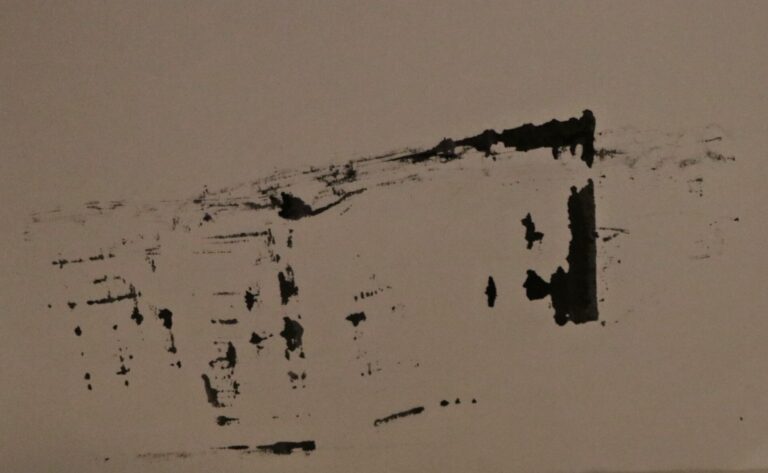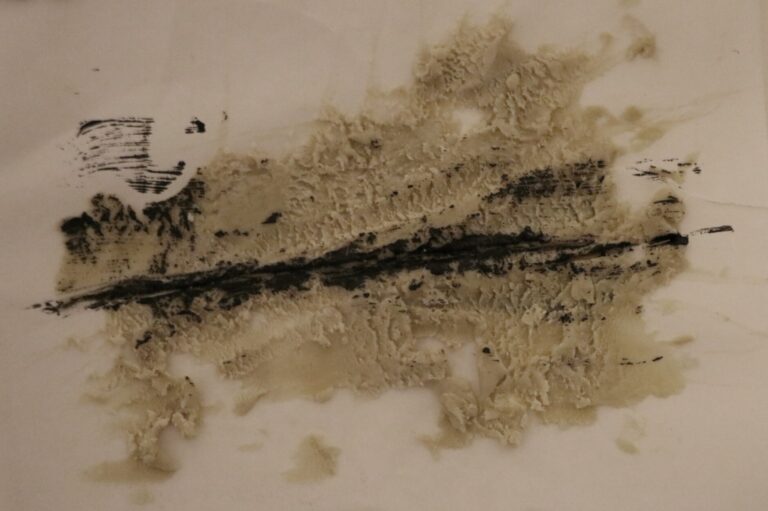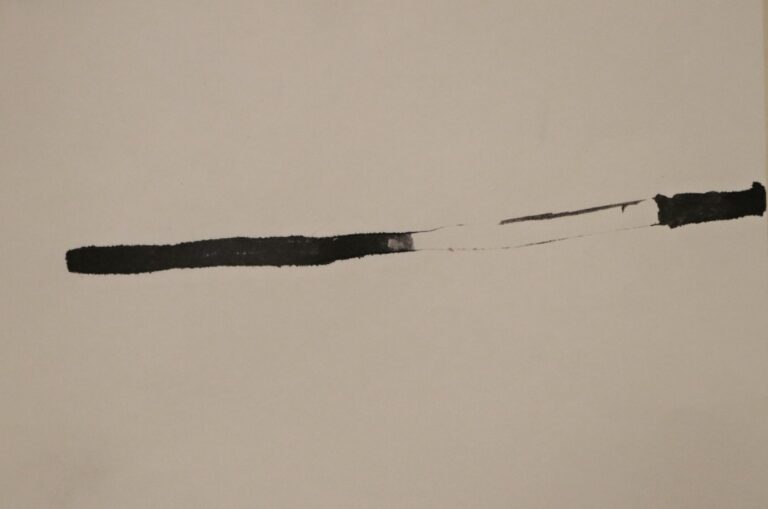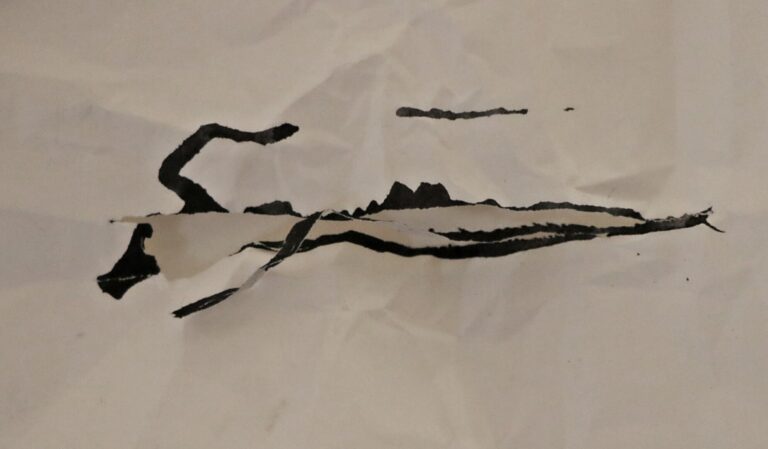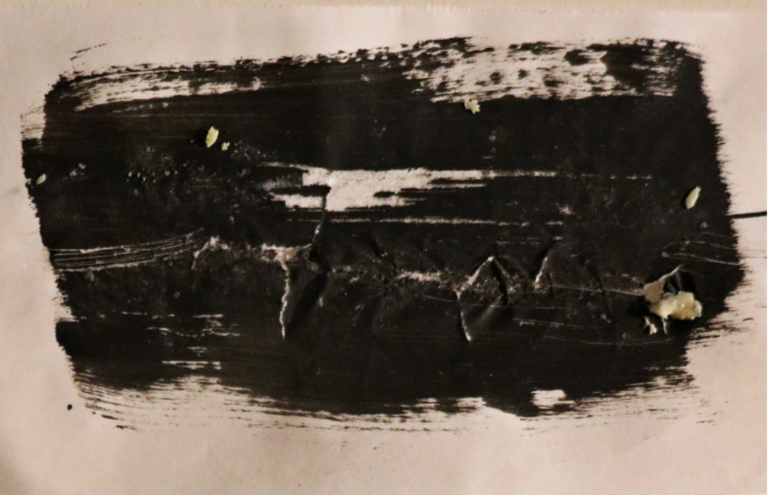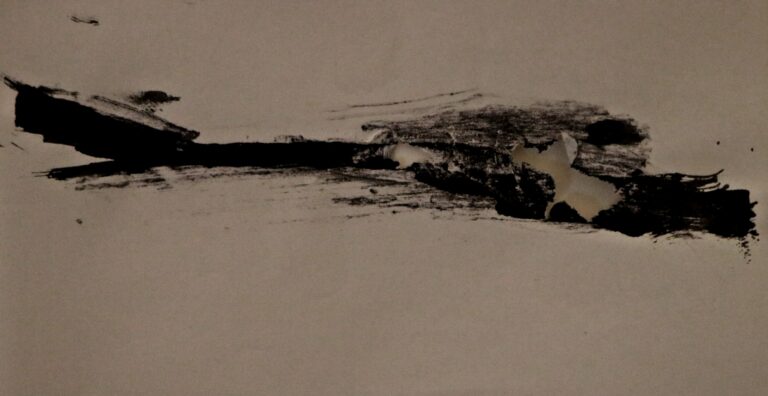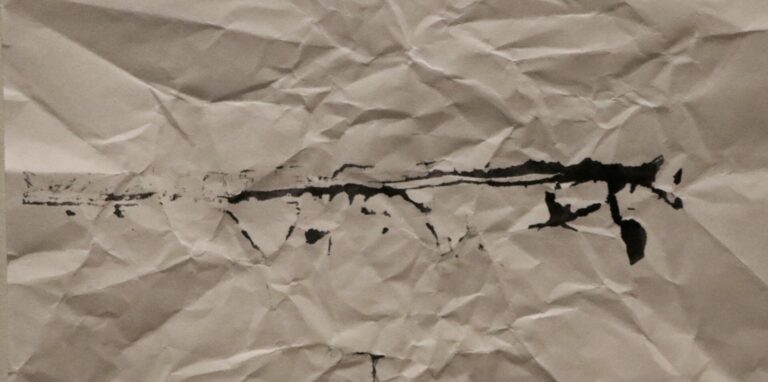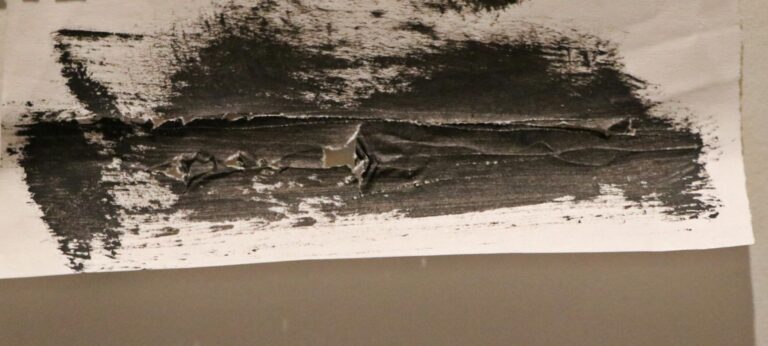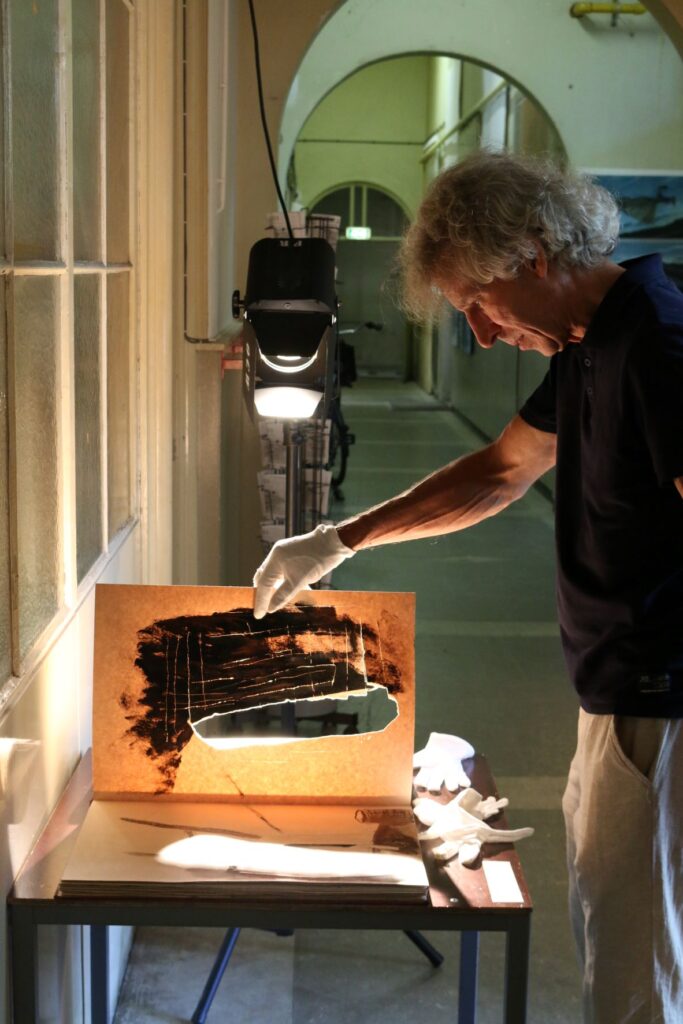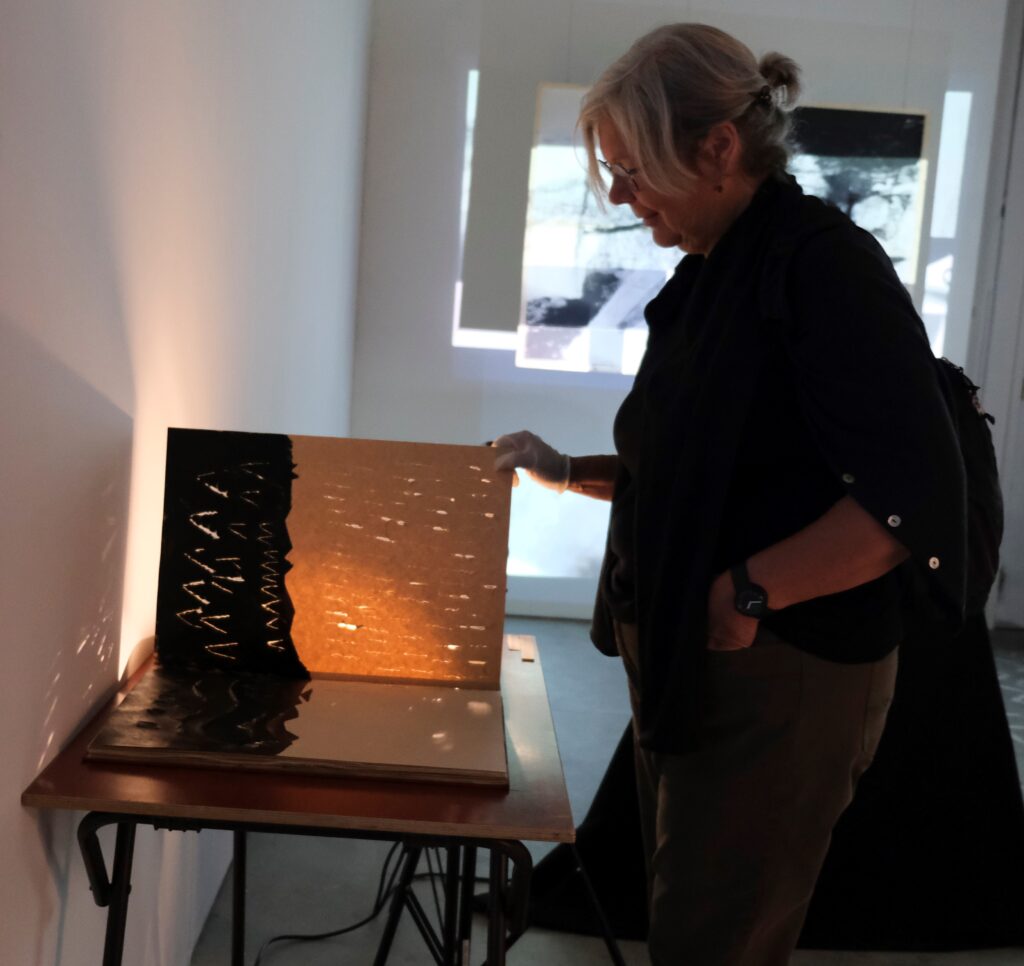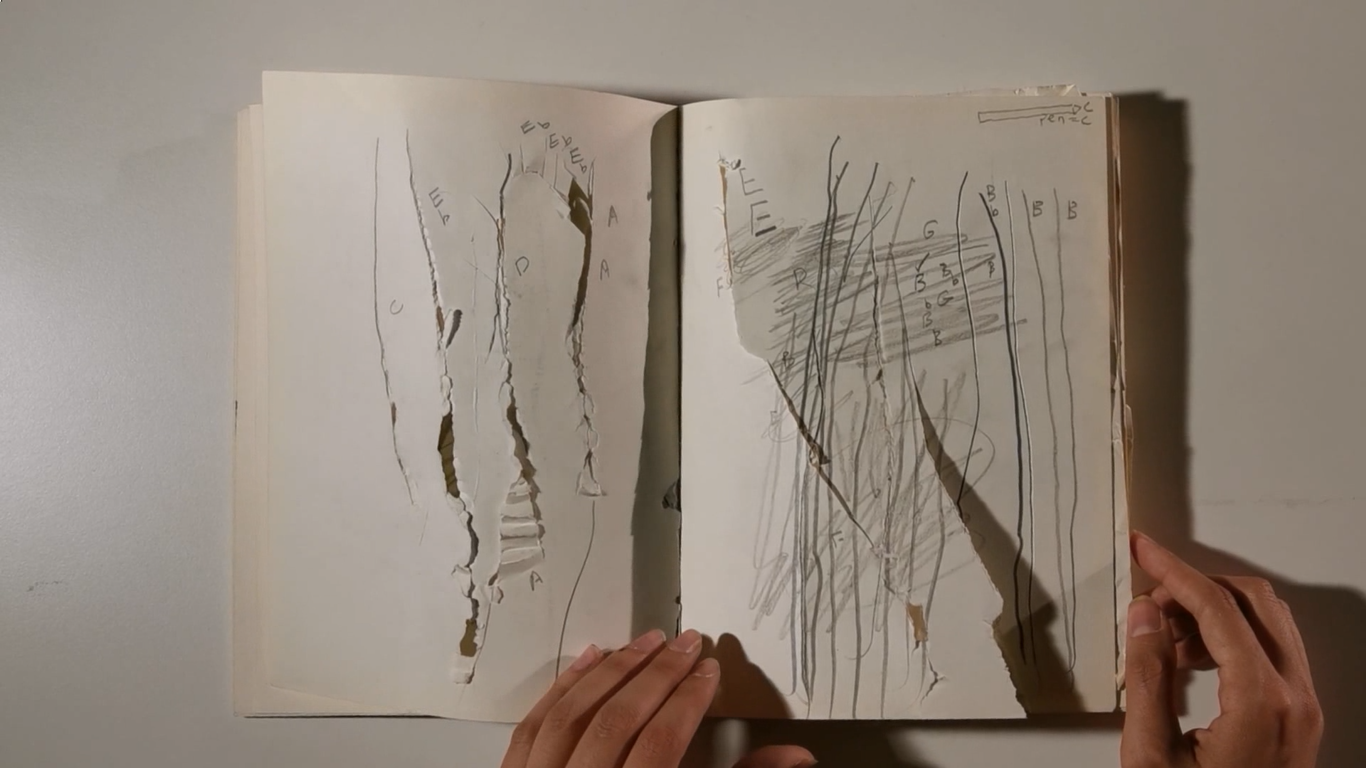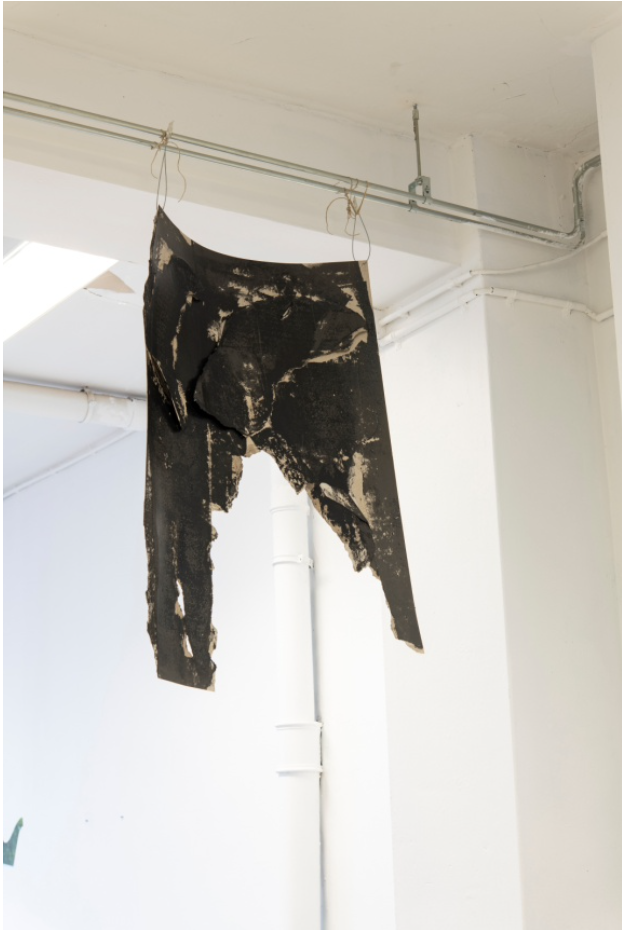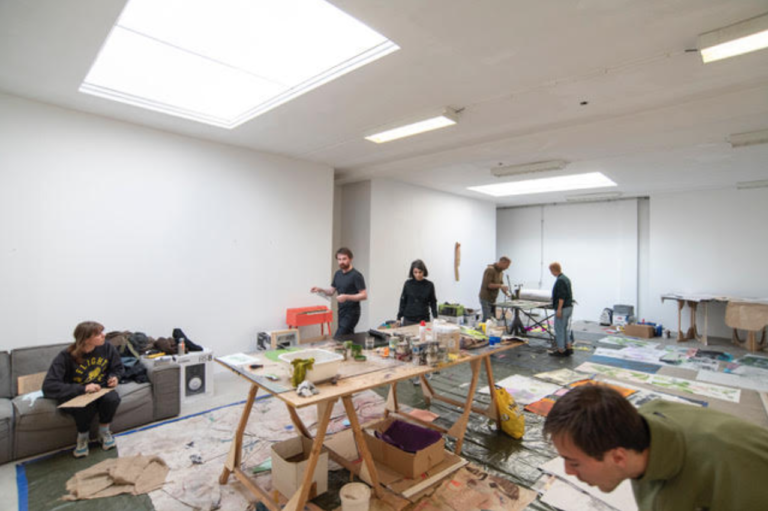The pencil, my hand, objects
Exhibition and performance, podium OCW, Rotterdam, Graw 2025
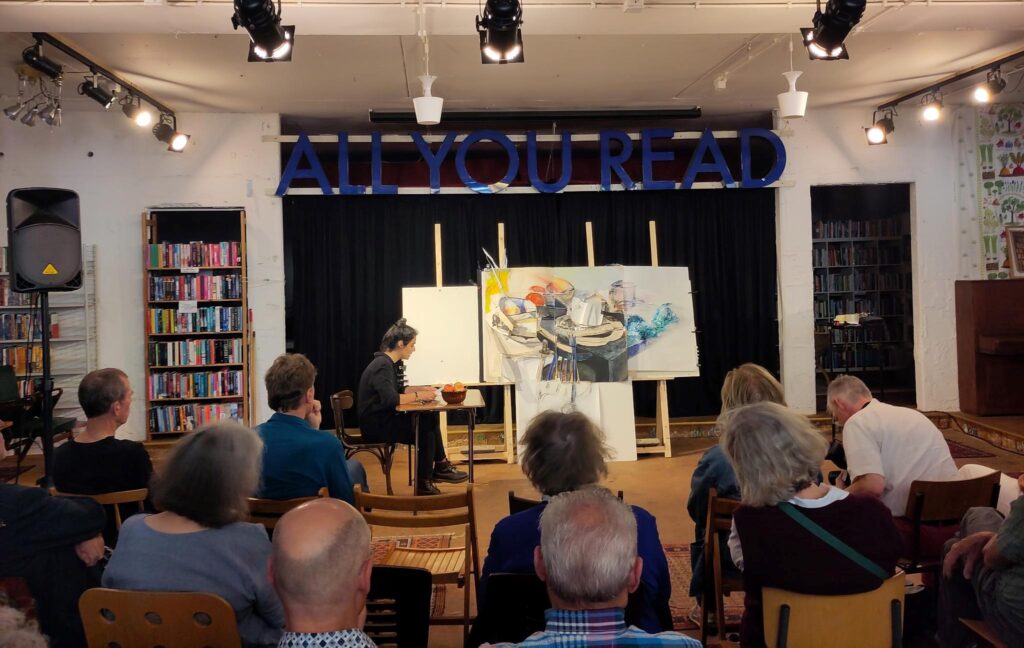
Traveling between my sketchbook and my notebook
Leeszaal, Rotterdam, 2025
Performance, See Lab, Den Haag, 2024
Drawing as the pain
Mixed media in sketchbook, installation with light, 50*30, 2022-2024. (Presented in Jan Koos Feijlbriefs Levensspiegel, group exhibition, See Lab, The Hague, 2024) (Podium OCW, Graw, 2022-2025)
I think by scratching the paper, the audience is invited to move beyond the two-dimensional surface — to pass through the paper and go beyond it. The paper might be a confined space for my drawings, and the drawings seem to want to perforate it, to escape — a release that allows the viewer to reflect on the impact of a line and the depth of the space it opens by scratch. “The wound is the place where the Light enters you.” — Rumi
In search of the notation of a pen in different expressions, 2021–2023). I explored the sound of different expressions and feelings of a pen, together with the sound of cello. I placed a tuner next to my sketchbook and wrote down the notation of each line. For example, a scratch could be an F note. I recorded the sound of drawing and its notations, then played them on my cello and recorded the cello sound. In the end, I mixed the sounds of the pen and the cello together.
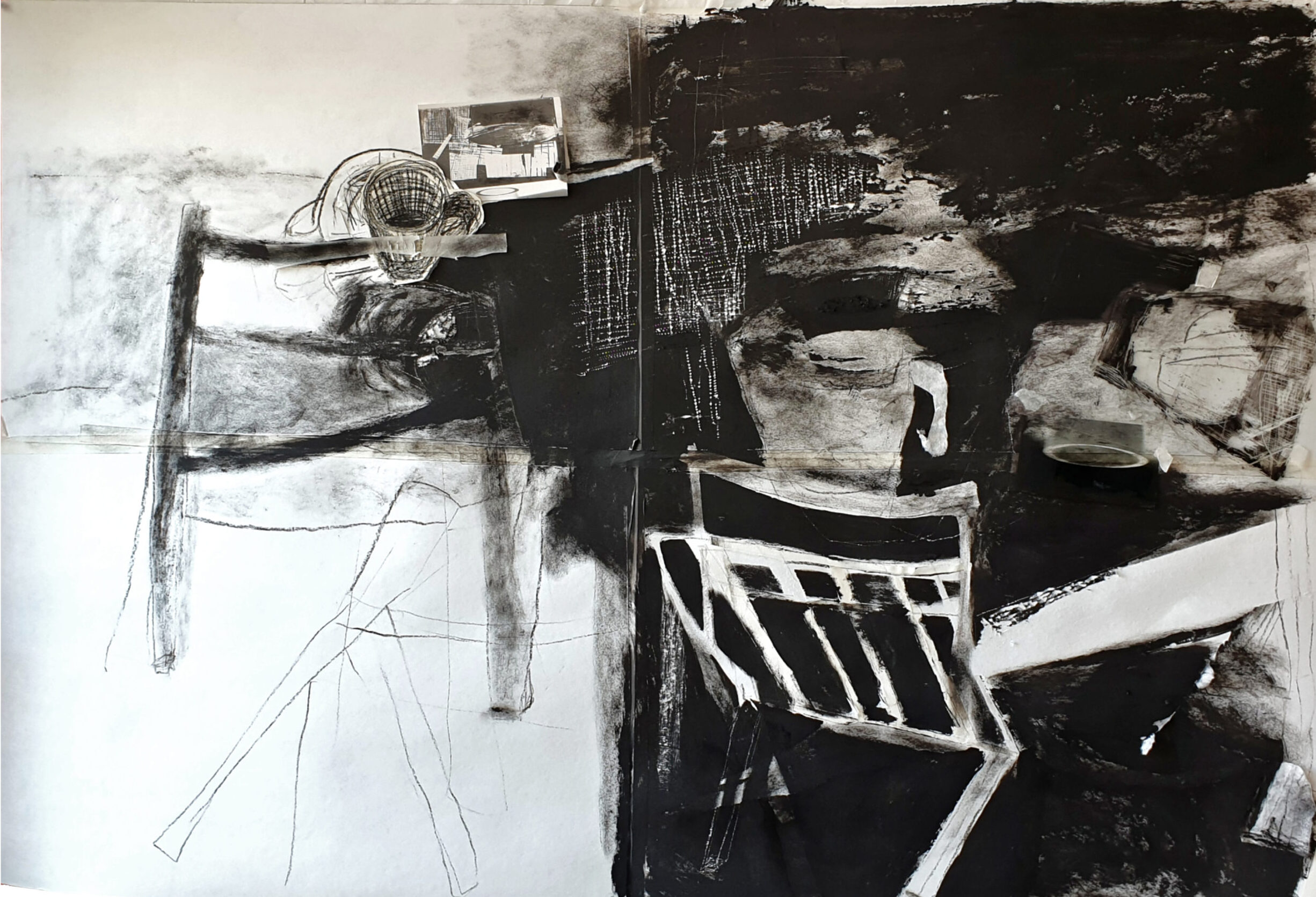
About a cup in my room
Mixed media on paper, 130*100, 2021
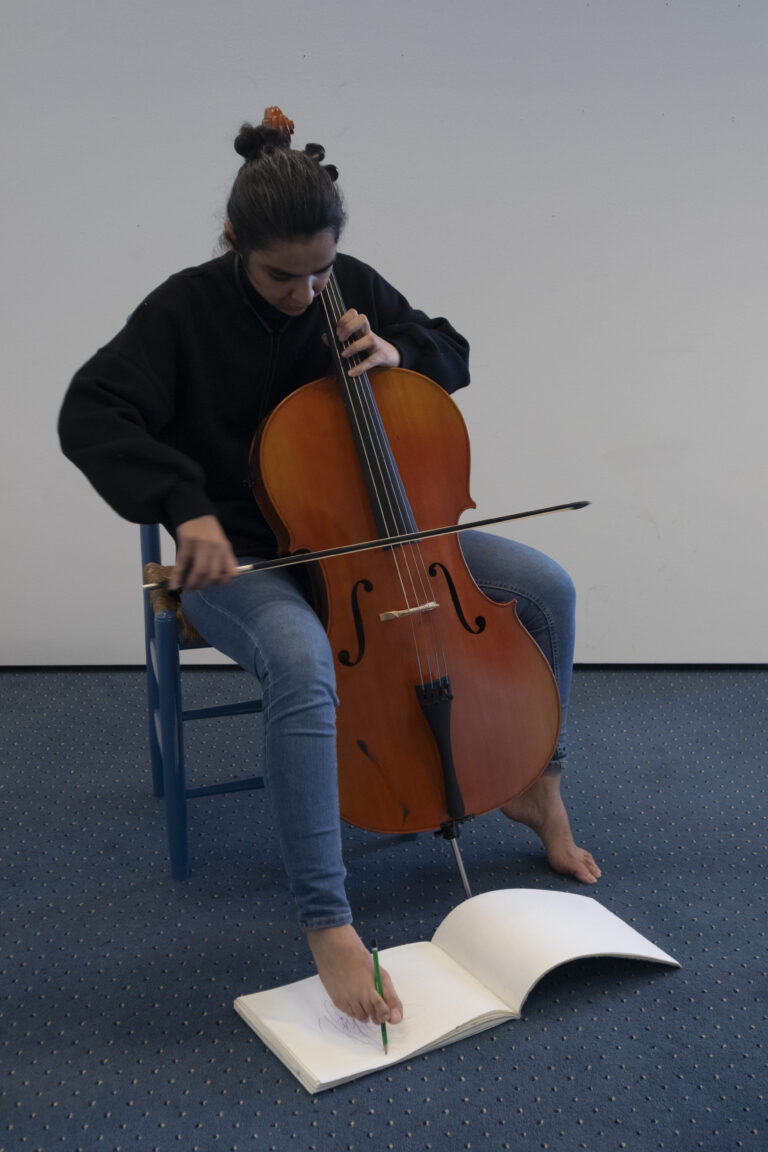
The idea to experience pain with the body as a form of drawing relates to my research question of how the phenomena of pain can be part of a musical instrument. I held a pencil between my toes to discover the experience of automatic drawing by my hands and feet. I put the pencil between my toes and made a sound on the cello strings with a bow. With every sound made by my bow and hands, lines are drawn on the paper by my toes. My feet and hands have a direct connection. In fact, my hands lead my feet and tell me how to draw. If I press the bow on the string, the lines become sharper. My mind guides my hands, and my hands conduct my bow and legs, and then various lines on the paper are drawn by my legs. The sounds also are directly related to the drawing. For example, when I produce sound with vibration, the lines on the paper start to vibrate.
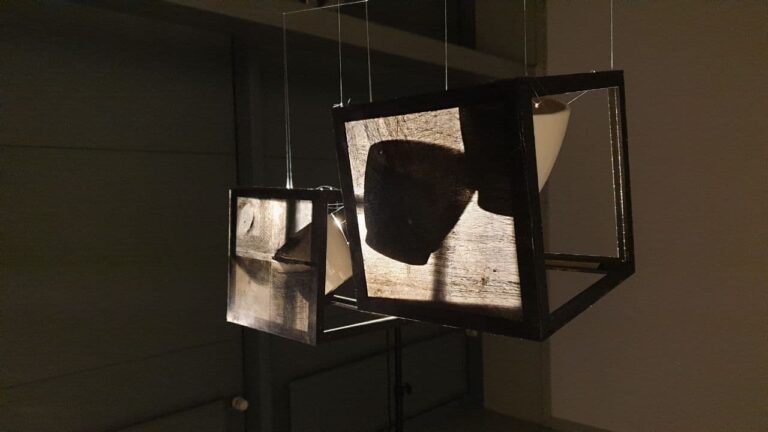
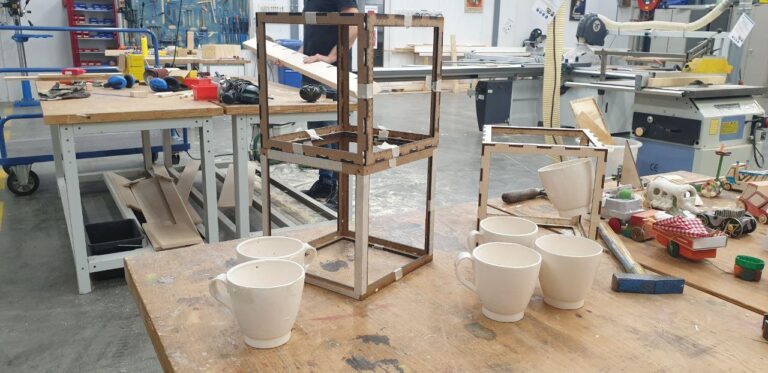
To examine the process about phenomenology of drawing ,I use an ordinary object: a cup. I made a lot of cup inside the wood cubes and shadow the light behind them to play with the perception and unconscious mind. I was used to ignore ordinary objects and every simple thing that happened surrounding me. I just took advantage of them through functional work. A talk at The Swedenborg Society by Harman on Heidegger helped made me attentive of an ordinary object: “We can either pick the hammer up and use it, or we can contemplate it from a distance. When we pick up the hammer and use it the hammer is ready to be put to work, assuming we know how to wield it. In the second case, what Heidegger calls ‘present-at-hand’, we simply stare at the hammer as an object, trying to make sense of it by some kind of intellectual analysis. In this case Heidegger claims that we never uncover the true being of the hammer as a tool, we are simply confronted with a curious lump of inert physical stuff. When everything is working well, we have no need to think about the hammer, instead we can just enjoy the experience of getting a good job done.”
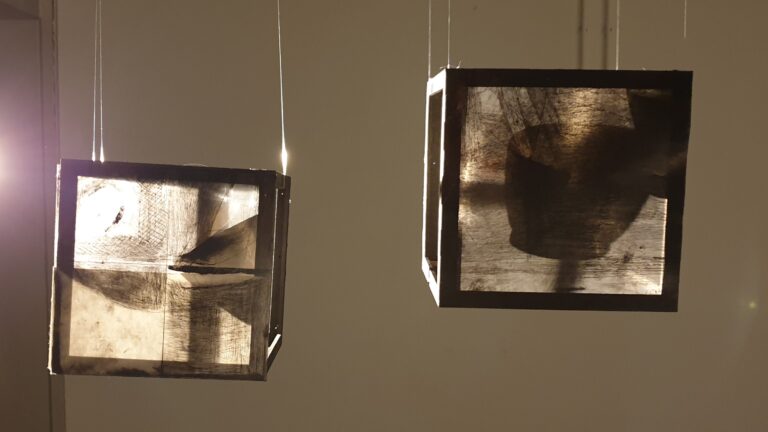
St Augustine: ”We consider light as the lack of darkness while everything that is dark is light. Not clarifying places and times in darkness is important and valuable as much as the day.” According to James Elkins there is a gap between seeing and drawing, which he considers a form of blindness. I want to take advantage of this idea and use it to show how I ignore the environment and searching for the environmental phenomenology of drawing and blindness. Darkness can be form of the blindness. What is the silence and words? What is the silence and sounds? Does the darkness exist? Does the lightness exist? Is a white paper empty of darkness? Is the black paper empty of darkness? An empty paper can be a sort of blindness. When I expose the light behind the paper and cup, the reality can be seen through the empty paper and when I move the light, I can see my drawing on the paper. So sometimes I see the drawing and sometimes I see the empty paper. consequently, I found that the paper can illustrate my blindness. That’s why I believe that lightness and darkness have special meaning.
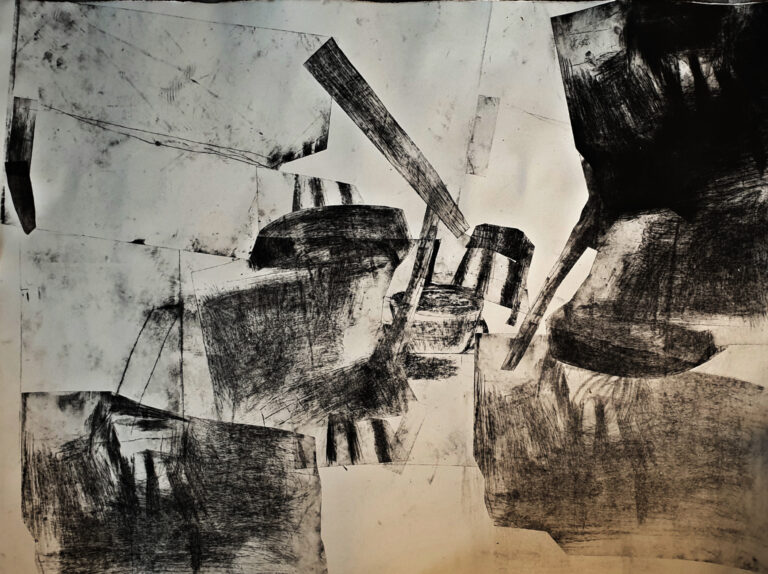
Etching on paper 100*70 2021
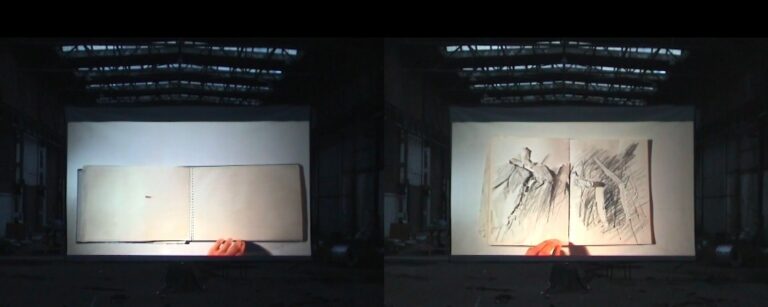
Residency former Backer en Rueb factory, Breda,April-May 2021 together with networked collective
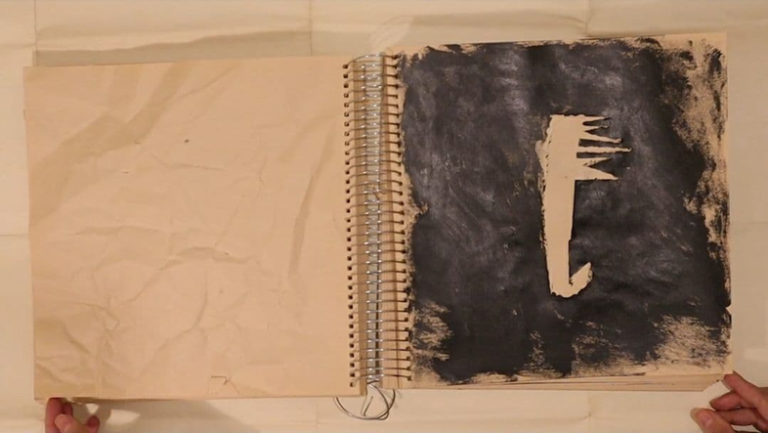
Sketch book 40*40 Mix media 2021
What happens when I make a drawing of an object over and over? What is the repetitive process in drawing and what is the relation between repetition and phenomenology? Repetition is the way to explore about environmental phenomenology and unconscious mind. I try to make a lot of drawings of an object like a comb as an ordinary object to examine the process of repletion. To me, repetition means the transition from a world of rules to a world without rules. Of course, my knowledge and experience are involved in this transition. For example at first I tried to draw a comb with real shape. After a while I saw the comb changed into a dot, line and abstract shapes. My experience in this regard is that at the first stage, my mind proceeds with the rules (conscious mind) and tends to depict my mind from the comb according to the rules. After a while, like a child walking slowly, my mind goes ahead of the rules of the drawing.
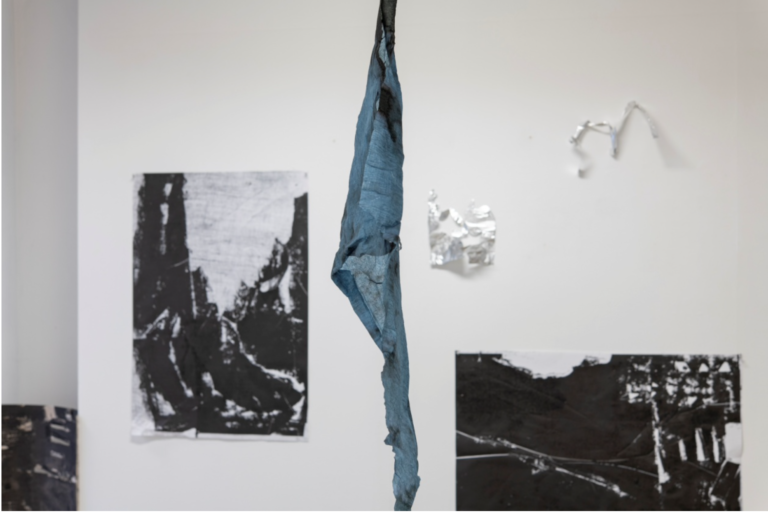
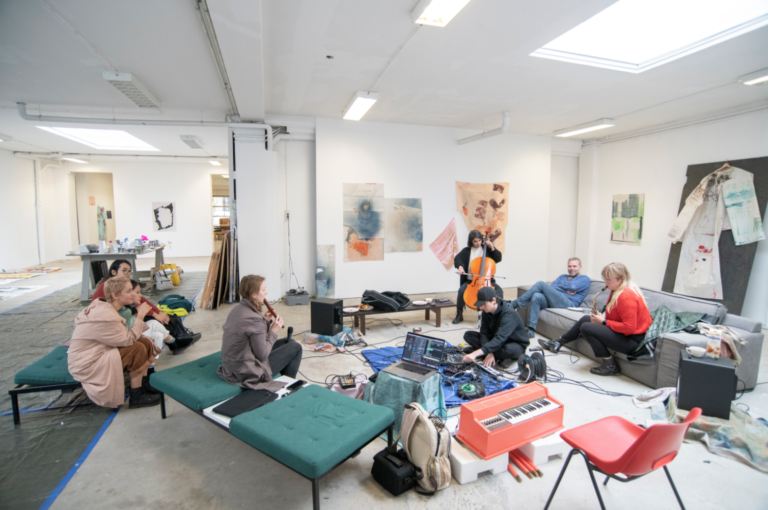
Improvised music and installation
Network collective
Dürst Britt & Mayhew
2021
The Hague
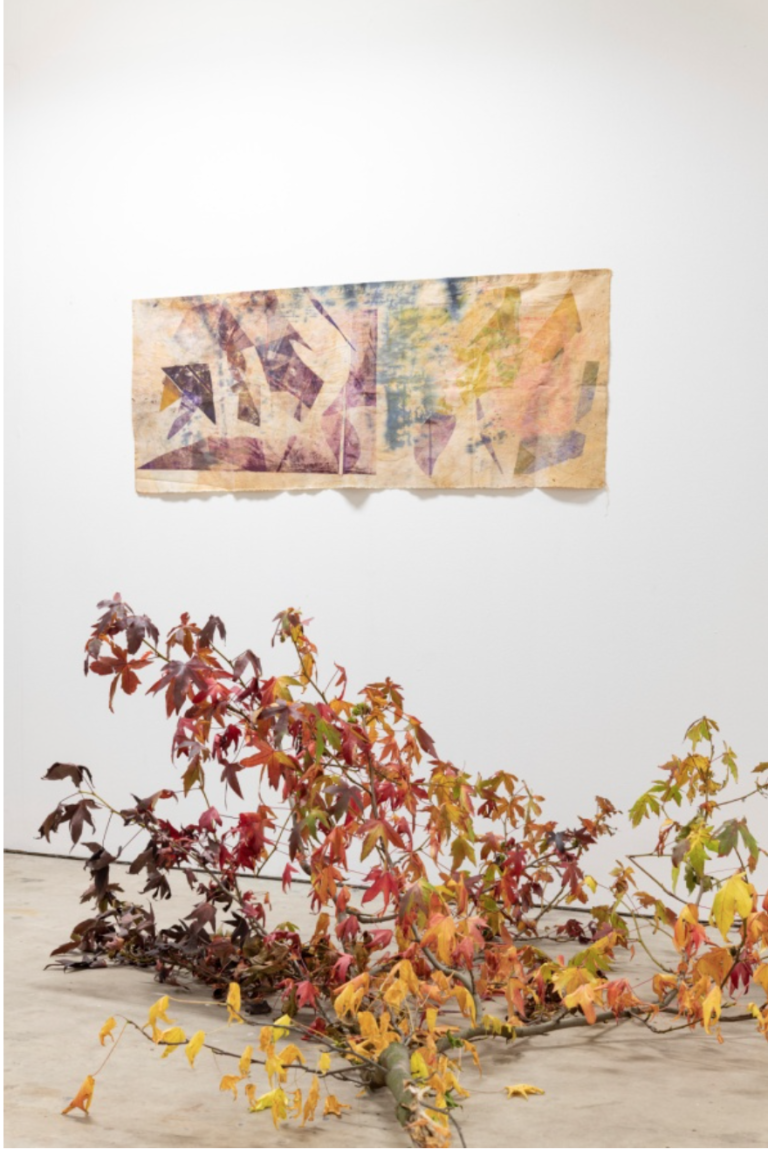
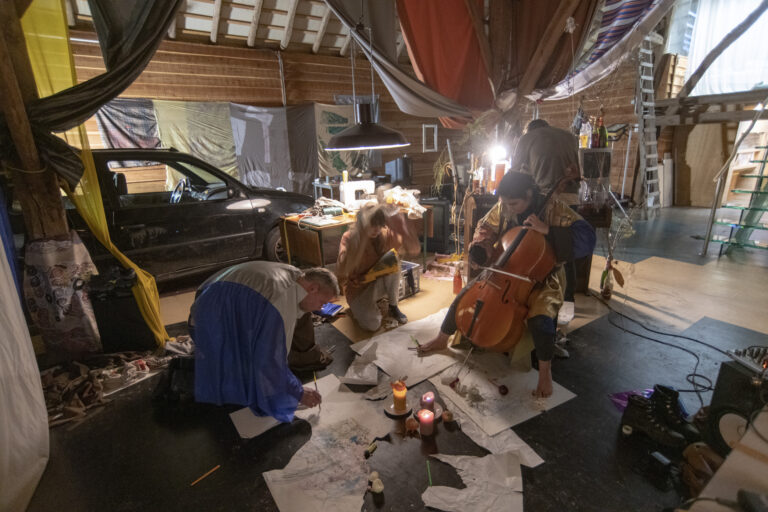
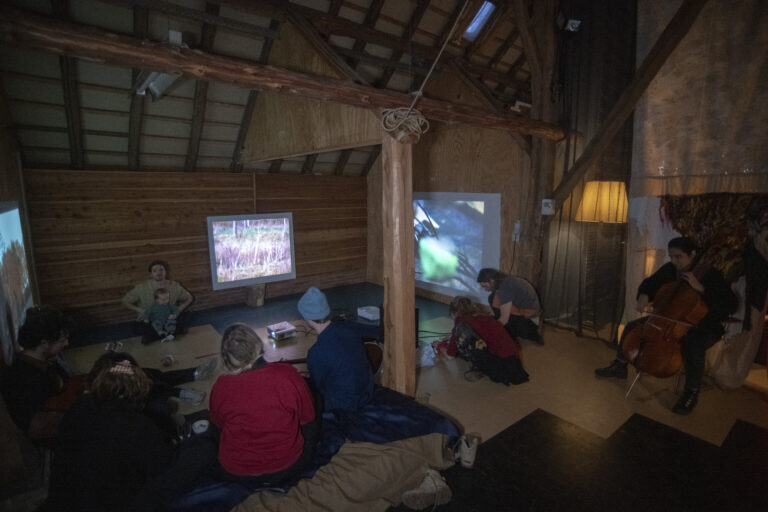
Bas van den Hurk & Jochem van Laarhove Residency at Van Gogh AiR, Klein-Zundert, November 2021 - January 2022 together with Reinout Scholten van Aschat
collaborated with: Lotte Driessen, Bram Suijker, Mattias van de Vijver, Joost de Haas, Sofie HollanderAviana,Samieh Shahcheraghi Loran van de Wier, Matthijs van de Sande Bakhuyzen, Rob van Kranenburg
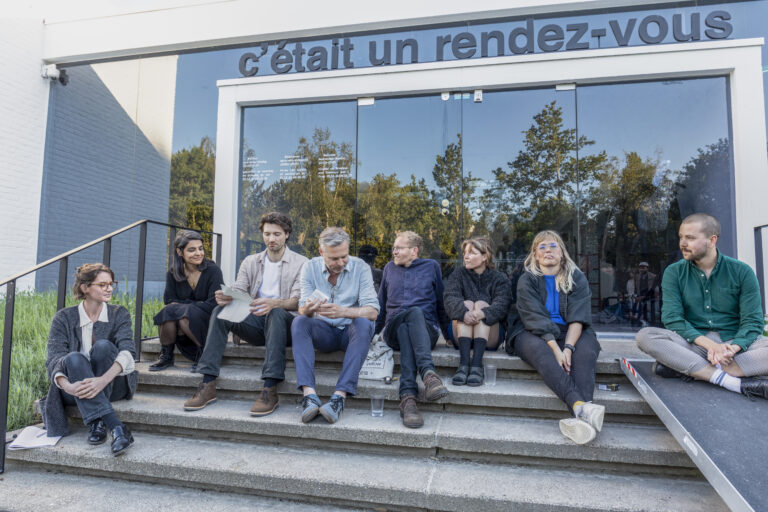
presentation
Museum Dhondt-Dhaenens
2022
collaborated with: Lotte Driessen, Bram Suijker, Mattias van de Vijver, Joost de Haas, Sofie Hollander, Samieh Shahcheraghi, Aviana, Loran van de Wier, Matthijs van de Sande Bakhuyzen, Rob van Kranenburg
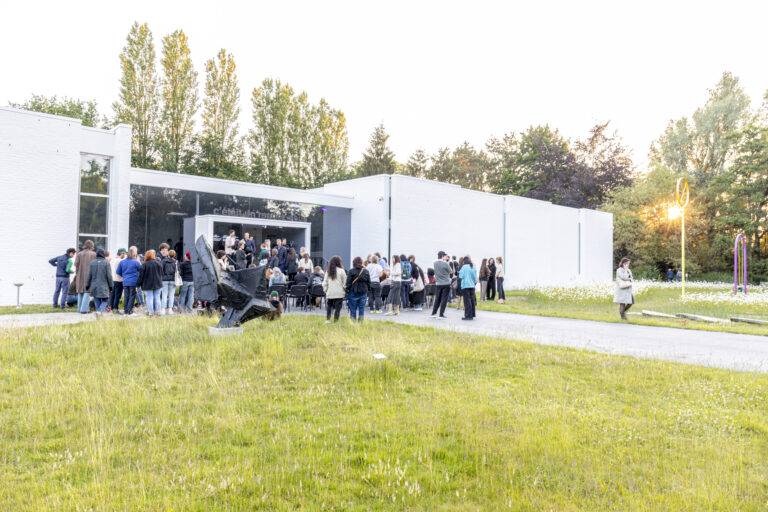
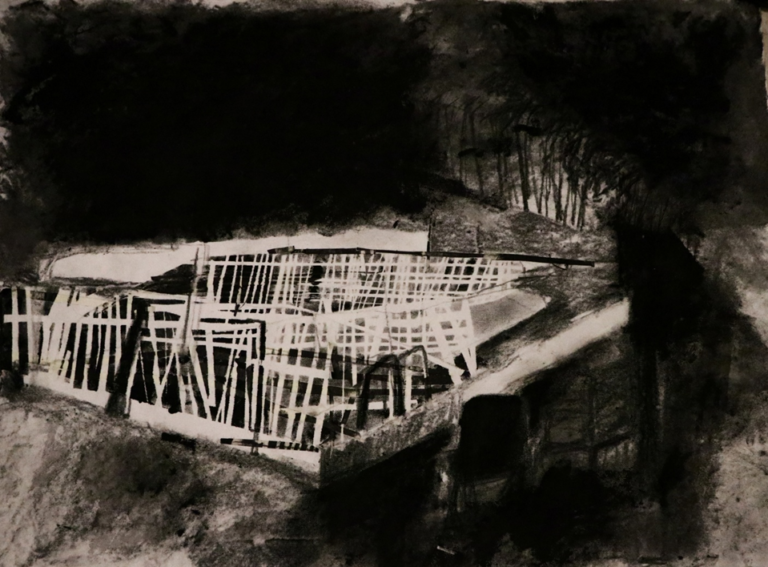

Acrylic and pastel on canvas
100*75
2019
I made the video based on my drawing to use drawing material as a tool for making other media.
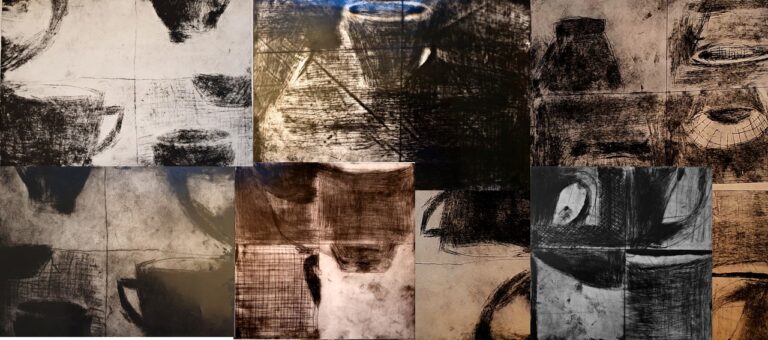
etching on plate
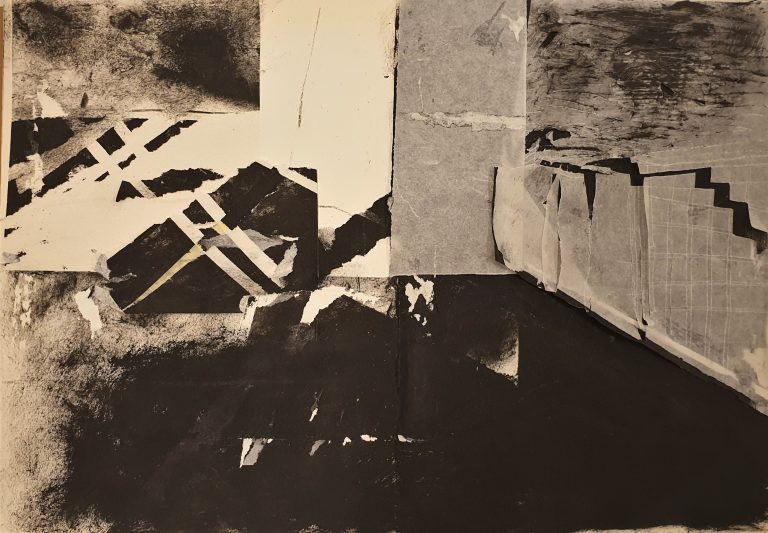
sketchbook,
oil pastel and acrylic,
28*40
2019
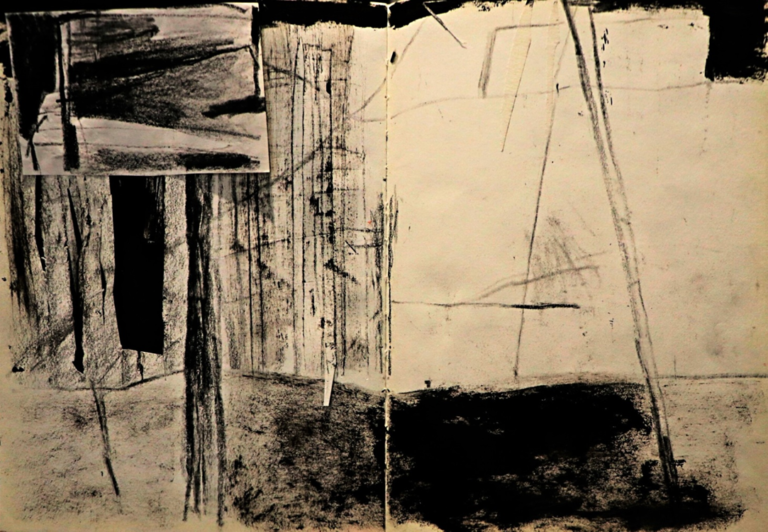
sketchbook,
oil pastel and acrylic,
28*40
2018-2019
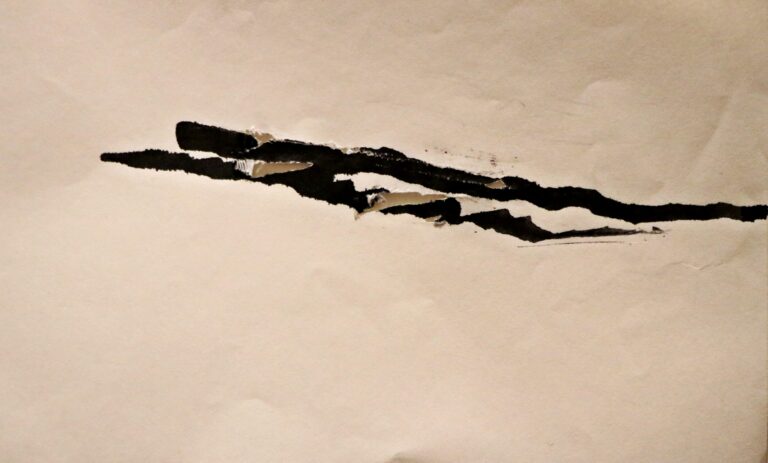
I used to create new lines before. It was based on the question: How many lines can be created with limited material? When mentioning drawing lines, I mean “the line” itself, not the form of it. I was eager to know how many lines can be drawn on a simple paper with a calligraphy pen and some ink, without any additional materials. It was the first step in my journey. Limited material means that I did not add any new materials, but it was fine to reduce! I wanted to practice the creativity by decreasing my choices in materials and tools or changing the usage of them, for example, by scraping paper and draw a new line or I could draw with the saddle of my pen or the width of it. Was it possible not to use the ink and draw with a pen? There were lots of ways. Subsequently, I considered that I can use extra materials on my paper, for example, a combination of ink and oil to paint on the paper. If I continued this line creation procedure, new lines would be made. It was the project from before and now it seems it is in my subconscious mind. When I put the pencil on the paper and I want to draw from my subconscious automatically, all those lines come out of my subconscious. It's my subconscious language that comes with the pencil movement.
